Over the course of the year, San Miguel de Allende offers a range of weather conditions that can greatly influence your travel experience. To ensure you have the most enjoyable visit, understanding the monthly climate patterns is imperative. You’ll find that the best times to explore this vibrant city are typically between November and April, when temperatures are comfortable and rainfall is minimal. In contrast, the rainy season from May to October can bring showers and humidity, which might not suit every traveler. Dive into this guide to discover the details you need for your perfect trip.

Monthly Climatic Insights: What to Expect Throughout the Year
Each month in San Miguel de Allende presents you with unique weather patterns and attractions. Understanding these nuances can significantly enhance your travel experience. Whether you’re enjoying vibrant festivals, exploring historic sites, or simply soaking up the sun in picturesque plazas, knowing what to expect in terms of weather will help you pack accordingly and plan memorable activities throughout your visit.
Average Temperatures and Rainfall Patterns
| Month | Avg. Temperature (°C) & Rainfall (mm) |
|---|---|
| January | 21°C, 10 mm |
| February | 22°C, 8 mm |
| March | 24°C, 5 mm |
| April | 26°C, 3 mm |
| May | 27°C, 6 mm |
| June | 26°C, 34 mm |
| July | 25°C, 110 mm |
| August | 26°C, 80 mm |
| September | 25°C, 100 mm |
| October | 24°C, 33 mm |
| November | 22°C, 8 mm |
| December | 21°C, 10 mm |
Daylight Hours and Seasonal Variations
In San Miguel de Allende, you benefit from an average of 10 to 13 hours of daylight throughout the year, depending on the season. Longer days occur during the summer months, offering ample time to explore the city’s breathtaking landscapes and rich culture. Conversely, shorter days in December and January invite cozy evenings back at your accommodation or in local cafés, creating a warm and inviting atmosphere ideal for winding down after adventurous days.
With seasons significantly influencing daylight hours, summer (June to September) boasts the longest days, often exceeding 13 hours of sunlight. In contrast, winter (December to February) sees around 10 hours. This seasonal variation affects not only your daily itinerary but also highlights opportunities for different activities; longer days invite you to enjoy extended outdoor explorations, whereas shorter daylight encourages cultural and gastronomic experiences during the evenings. Take advantage of the daylight to make the most out of every visit, ensuring a fulfilling and memorable experience in San Miguel de Allende.
Planning Your Trip: Optimal Timings Unveiled
To make the most of your experience in San Miguel de Allende, understanding the timing of your visit is important. Aim for the dry season from November to April for pleasant temperatures and lower humidity, ideal for outdoor exploration. Conversely, the rainy season from May to October offers beautiful greenery but can involve unpredictable showers. Balancing personal preferences with local weather patterns will enhance your journey, ensuring you capture the essence of this enchanting city.
Peak and Off-Peak Seasons: When to Visit for Less Crowds
Visiting during off-peak seasons, such as June and September, means you’ll encounter significantly fewer tourists, allowing for a more intimate experience. While many attractions remain open, you can enjoy less crowded art galleries, restaurants, and historical sites. However, traveling in peak seasons, especially around holidays like Christmas and Easter, may present challenges with crowded streets but also enrich the experience with vibrant celebrations.
Holidays and Local Celebrations: Timing Your Travel for Maximum Enjoyment
Timing your visit to coincide with local holidays and festivities unlocks a deeper appreciation for the unique culture of San Miguel de Allende. Events such as Día de los Muertos and the San Miguel International Film Festival provide visitors with unforgettable experiences, showcasing local traditions and celebrations.
For instance, during the Día de los Muertos in early November, the town transforms into a colorful tapestry of altars, offerings, and parades, allowing you to witness the heartwarming reverence for the deceased. Similarly, the San Miguel International Film Festival, typically held in mid-March, attracts film enthusiasts from all over the globe, featuring screenings, discussions, and local filmmakers. Engaging in these festivities not only showcases the rich culture of San Miguel de Allende but also offers you the opportunity to connect with local residents, enhancing your travel experience. Planning your trip around these dates guarantees a vibrant and memorable adventure.
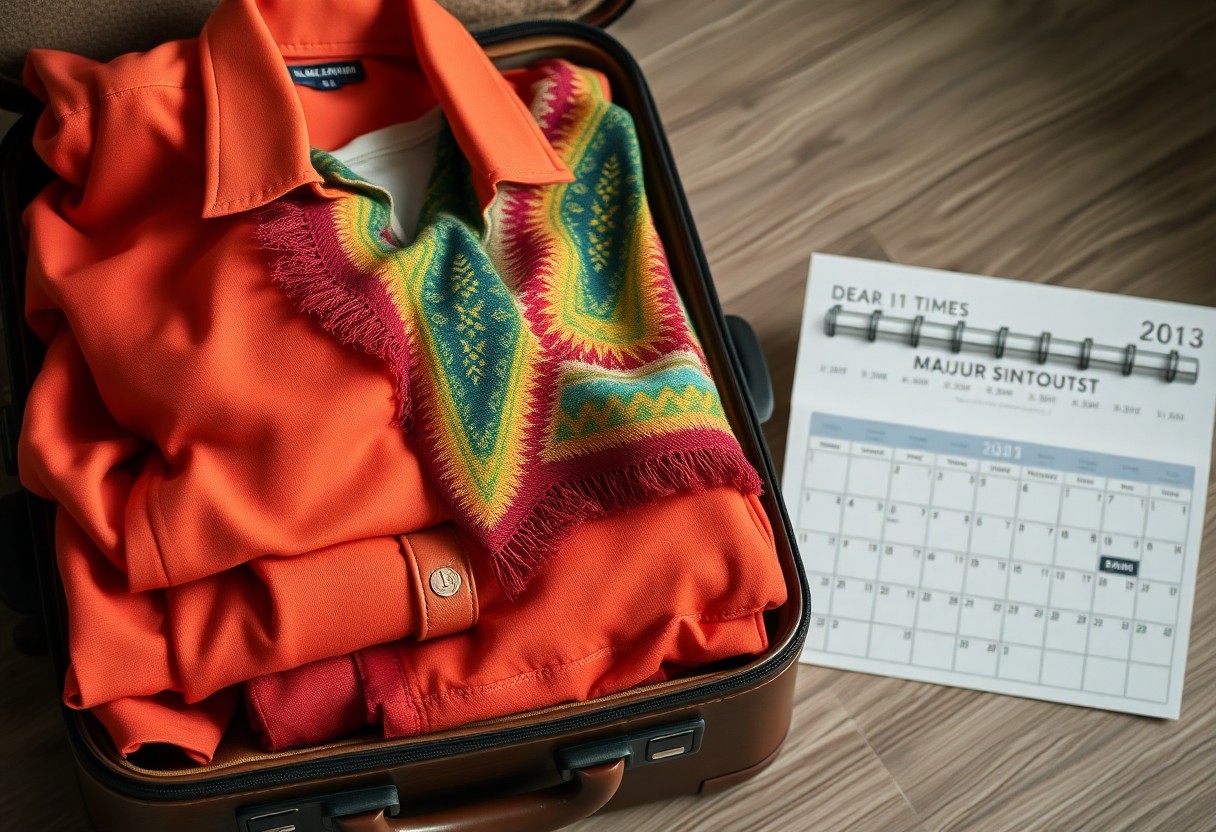
Seasonal Packing Essentials: Get Ready for Every Weather
Preparing for San Miguel de Allende’s varied climate means packing wisely for your trip, ensuring you’re comfortable no matter the season. Days can be warm to hot, while nights tend to cool significantly. Layering is key, so bring breathable fabrics that can adapt to the temperature changes. Don’t forget importants like a wide-brimmed hat for sun protection, sturdy shoes for exploring cobblestone streets, and a light rain jacket during the wet season.
Packing Lists Tailored by Season
Customizing your packing list for the season can enhance your experience in San Miguel de Allende. For spring and fall, focus on layers—pack lightweight sweaters and long-sleeved shirts. In summer, opt for light, moisture-wicking clothing to combat heat, while bringing a raincoat for unexpected thunderstorms. During winter months, include warmer layers like jackets and scarves, as nights can drop to near freezing temperatures.
Emergency Preparedness: Dealing with Rain and Floods
Sudden rainstorms can occur, especially during the summer months, so being prepared is beneficial. Ensure you have a compact, foldable umbrella and waterproof shoes. Keep an eye on local weather reports before venturing out, and familiarize yourself with areas prone to flooding. In case of heavy rain, avoid low-lying areas and plan your routes accordingly to stay safe and dry.
In addition to a sturdy umbrella and quick-drying apparel, it’s wise to have emergency gear like a flashlight and portable phone charger. Heavy rainfall can lead to flooding in certain parts of the city, particularly if you’re exploring near rivers or streams. Consider downloading an offline map app to navigate easily, and have a way to communicate with your accommodation for any weather alerts or updates. Your preparedness will ensure your enjoyment of the city isn’t dampened by unexpected showers.
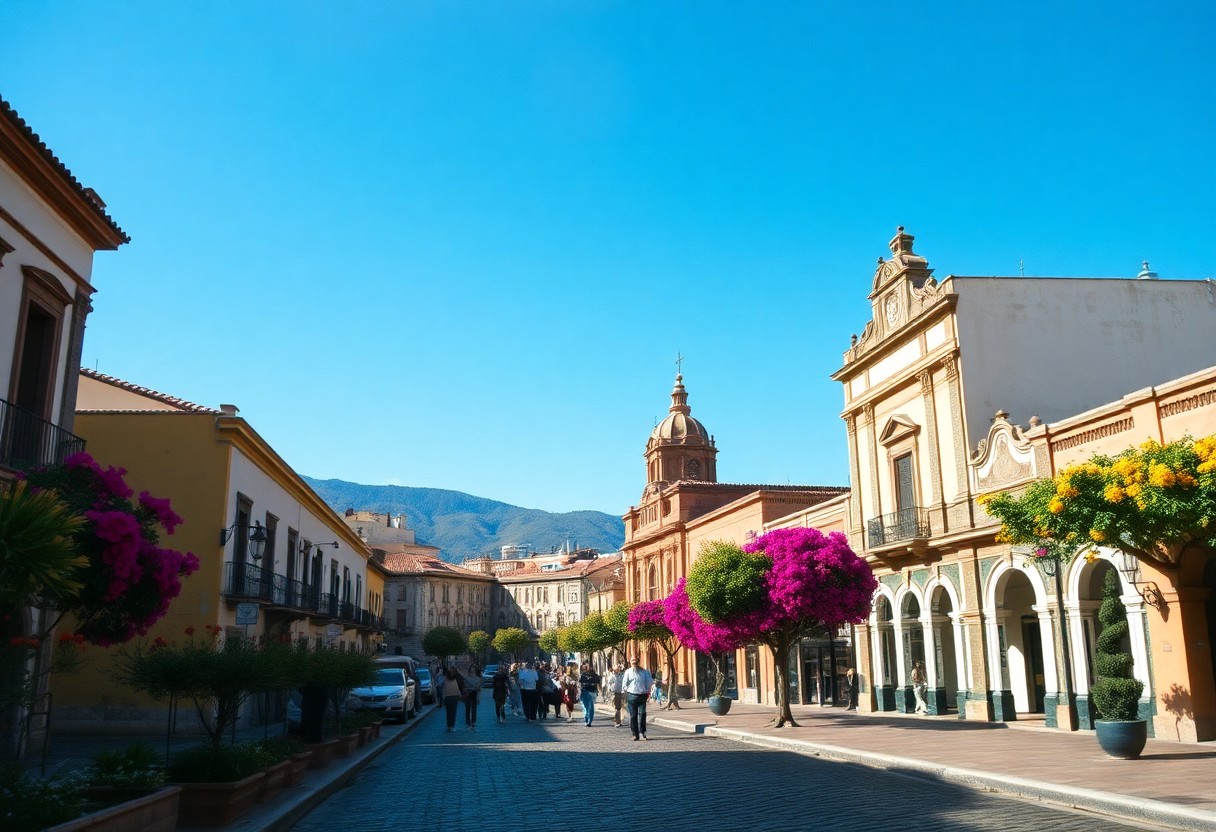
Altitude Matters: The Unique Impact on Your Experience
Visiting San Miguel de Allende means embracing a unique climate shaped by its altitude of approximately 6,435 feet (1,975 meters) above sea level. This elevation not only influences the temperatures you can expect throughout the year but also plays a significant role in your overall comfort. Days may be warm, but evenings can turn quite chilly, leading to fluctuating weather patterns that you should prepare for. Understanding how altitude affects both the environment and your personal experience will ensure you enjoy every aspect of your trip.
How Elevation Affects Weather and Comfort
The high altitude of San Miguel de Allende leads to notable variations in temperature and humidity. Mornings typically greet you with cool breezes, while afternoons can soar to the mid-70s°F (around 24°C) in the warmer months. This frequent change can result in discomfort if you aren’t prepared with layers that accommodate both the warmth of the day and the coolness of the night. Being aware of these shifts allows you to make the most of your travel experience, ensuring you’re comfortable no matter the time of day.
Navigating the Effects of Altitude on Health
Adjusting to San Miguel de Allende’s elevation can pose health challenges, particularly for those not accustomed to higher altitudes. Symptoms such as headaches, dizziness, or shortness of breath may occur as your body acclimatizes. It’s wise to take it easy during your first few days, focusing on hydration and rest, while gradually increasing activity levels to allow your body to adjust to the thinner air. Elevation sickness is usually mild but being vigilant about your health will help you enjoy the vibrant culture and stunning landscapes.
To minimize the impact of altitude on your health, drink plenty of water—aim for at least 2–3 liters daily—to help combat dehydration, which can exacerbate feelings of altitude sickness. Additionally, consuming light meals that are easy to digest can aid in your adaptation. If symptoms persist or worsen, it’s advisable to seek medical advice. Most visitors adjust fairly quickly, and these proactive measures help ensure that you enjoy the full vibrancy of San Miguel de Allende without significant health concerns. Understanding your body’s response to elevation is key to thriving in this exquisite Mexican city.
Addressing Common Concerns: Your Travel FAQs Resolved
Your travel plans to San Miguel de Allende may raise some questions, especially regarding its unique climate. Here, we provide answers to common queries, ensuring you’re well informed for your visit. From summer weather concerns to the unexpected occurrences of snow, understanding the nuances of San Miguel’s climate will enhance your travel experience. Dive into these FAQs to prepare confidently for your adventure.
Is July or August a Safe Bet for Travel?
Traveling to San Miguel de Allende in July or August can be rewarding, as you’ll experience lush landscapes and vibrant festivals. Yet, expect afternoon thunderstorms and higher humidity levels. While these months represent the rainy season, many travelers find the rain refreshing and welcome. If you’re prepared for brief showers, these summer months can still offer memorable experiences and spectacular scenery.
Can It Really Snow Here?
Seeing snow in San Miguel de Allende is indeed a rarity, but it can happen! Typically, temperatures drop enough in January or February for a light dusting, but significant accumulation is very rare. Prepare for chilly nights, but don’t anticipate a winter wonderland during your visit.
Snowfall in San Miguel de Allende isn’t a common occurrence, as temperatures rarely dip below freezing. However, in exceptionally cold spells, particularly in late January or early February, locals have reported light snow flurries. The altitude (approximately 6,500 feet) combined with colder temperatures at night creates the perfect recipe for this unlikely event. If you’re visiting during these months, keep an eye on forecasts—you might get a chance to experience this surprising phenomenon.
The Biggest Weather Surprises in San Miguel de Allende
You might be surprised to find how dramatically San Miguel de Allende’s climate can change. One day, you could bask in sunshine, while the next brings sudden rain or chilly evenings. The altitude significantly affects temperatures—mornings can feel cool, while afternoons warm up nicely. Being prepared for this variability ensures your travel is enjoyable, no matter the weather.
This region delights visitors with unpredictable weather changes. You may start your day in a jacket, only to swap it for lighter attire by afternoon. Sudden rain showers, especially during the summer months, can catch travelers off guard. Additionally, the unique microclimates across the area mean that weather can vary within short distances, so packing layers and being flexible with your plans is key to enjoying everything San Miguel has to offer.
Final Words
On the whole, understanding the weather patterns in San Miguel de Allende month by month is important for planning your visit. You can enjoy pleasant conditions from November to April, which is ideal for sightseeing and experiencing local festivals, while the wet season from June to September offers a different charm. By considering these factors, you can optimize your travel experience and take advantage of all that this captivating city has to offer. Whether you prefer vibrant cultural events or serene landscapes, knowing when to visit will enhance your journey.
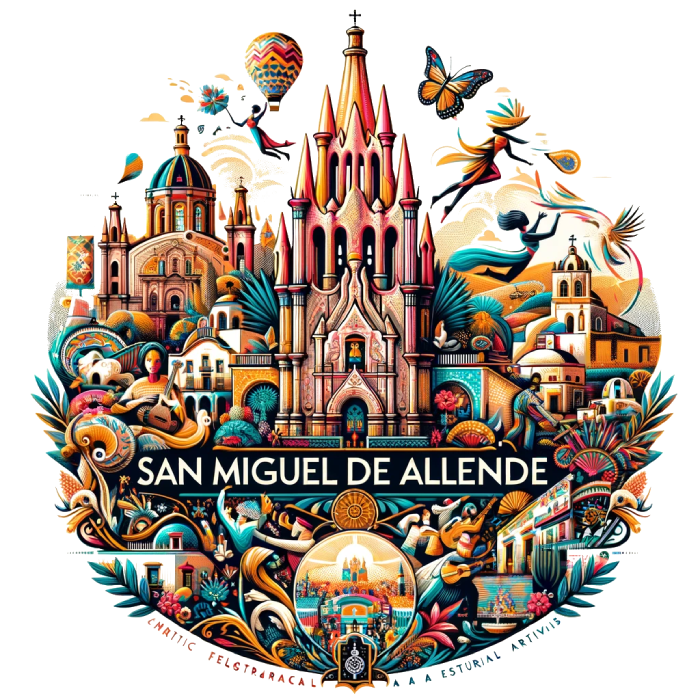


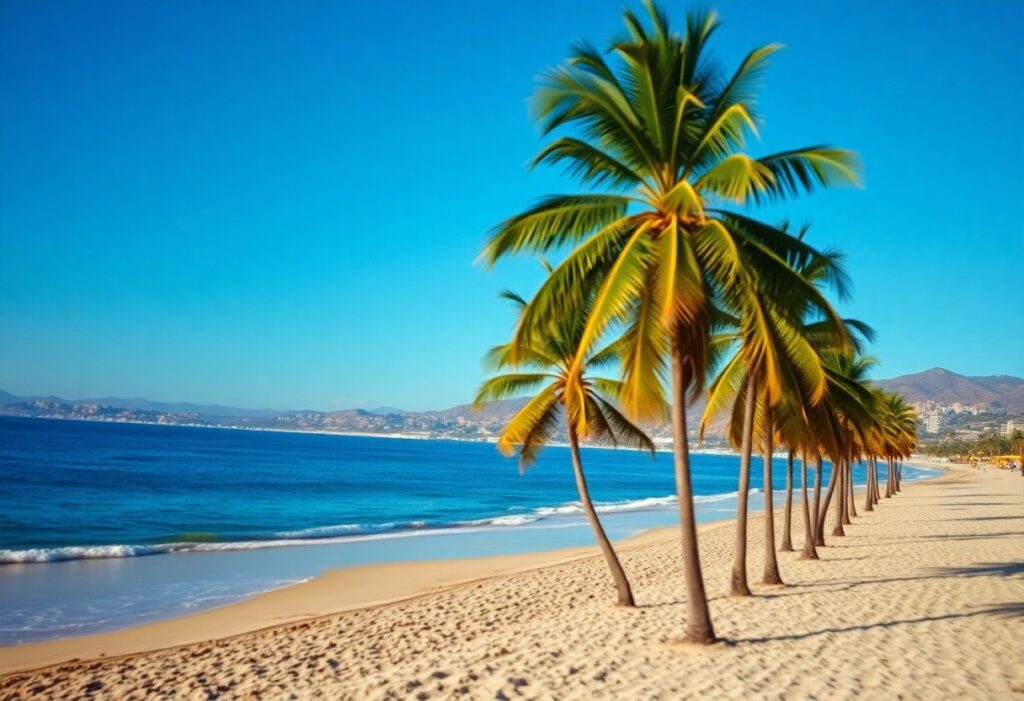
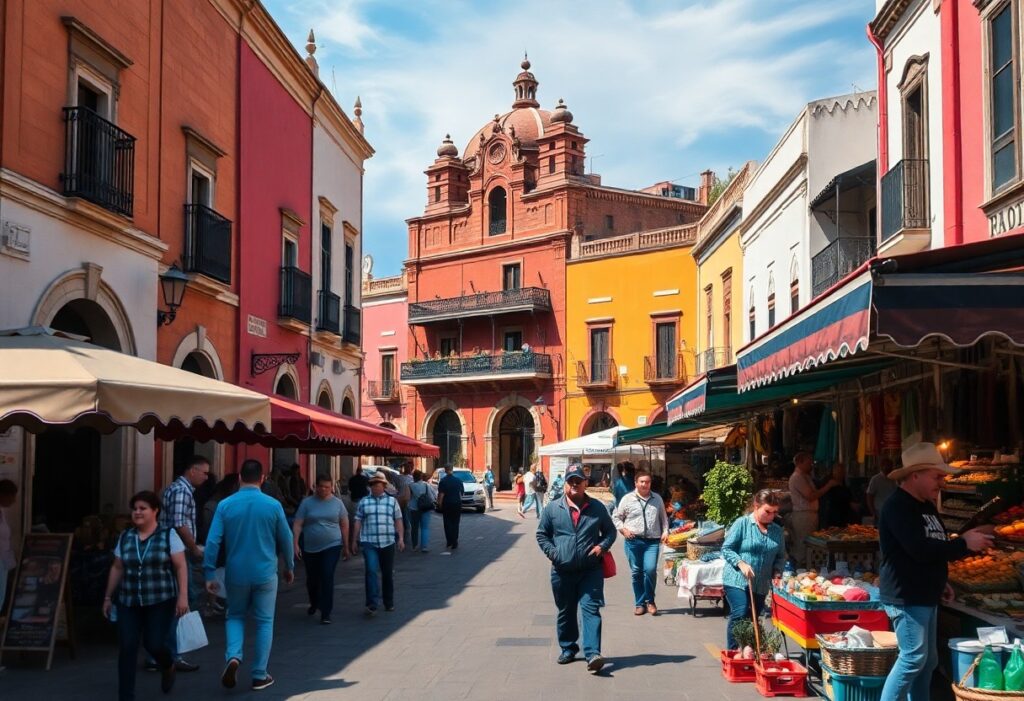
Your insights about the climate in San Miguel de Allende resonate deeply, as understanding the local weather can indeed shape our travel experiences in significant ways. I had the opportunity to visit this enchanting city last April, and I can vouch for the magic of that timing. The weather was mild, perfect for exploring the charming cobblestone streets, and I found the atmosphere invigorating during the Festival of San Miguel, which drew locals and tourists alike to celebrate with music, food, and laughter.
Ah, San Miguel de Allende, a place where you can experience all four seasons… in a single day! It really sounds like Mother Nature is trying to keep us on our toes. I remember one particularly adventurous trip in July where I packed my sun hat, umbrella, and hiking boots, only to find myself soaked from head to toe one minute, and then basking in glorious sunshine two hours later. It turned into an impromptu water park, courtesy of those summer showers!
I really appreciate this breakdown of the weather in San Miguel de Allende! It’s so true that climate can drastically change a travel experience, and knowing what to expect can ultimately make or break a trip. I remember visiting a few years back in late spring, right before the rainy season kicked in. While the lush greenery that came with the rains was stunning, I did find the unexpected humidity quite a challenge. It made walking around in the afternoons a bit more cumbersome than I had anticipated.
I really appreciate this insightful breakdown of San Miguel de Allende’s climate! Having traveled there in early March last year, I can confirm that the weather was just perfect for exploring the city’s beautiful architecture and vibrant streets. The comfortable daytime temperatures made it easy to wander around, while the evenings were just cool enough to enjoy a cozy dinner outdoors.
Your insights on the climate in San Miguel de Allende really resonate with me! I remember visiting in January a few years back and was pleasantly surprised by the comfortable temperatures and clear skies. It felt like the perfect backdrop for exploring the city’s cobbled streets and vibrant art scene.